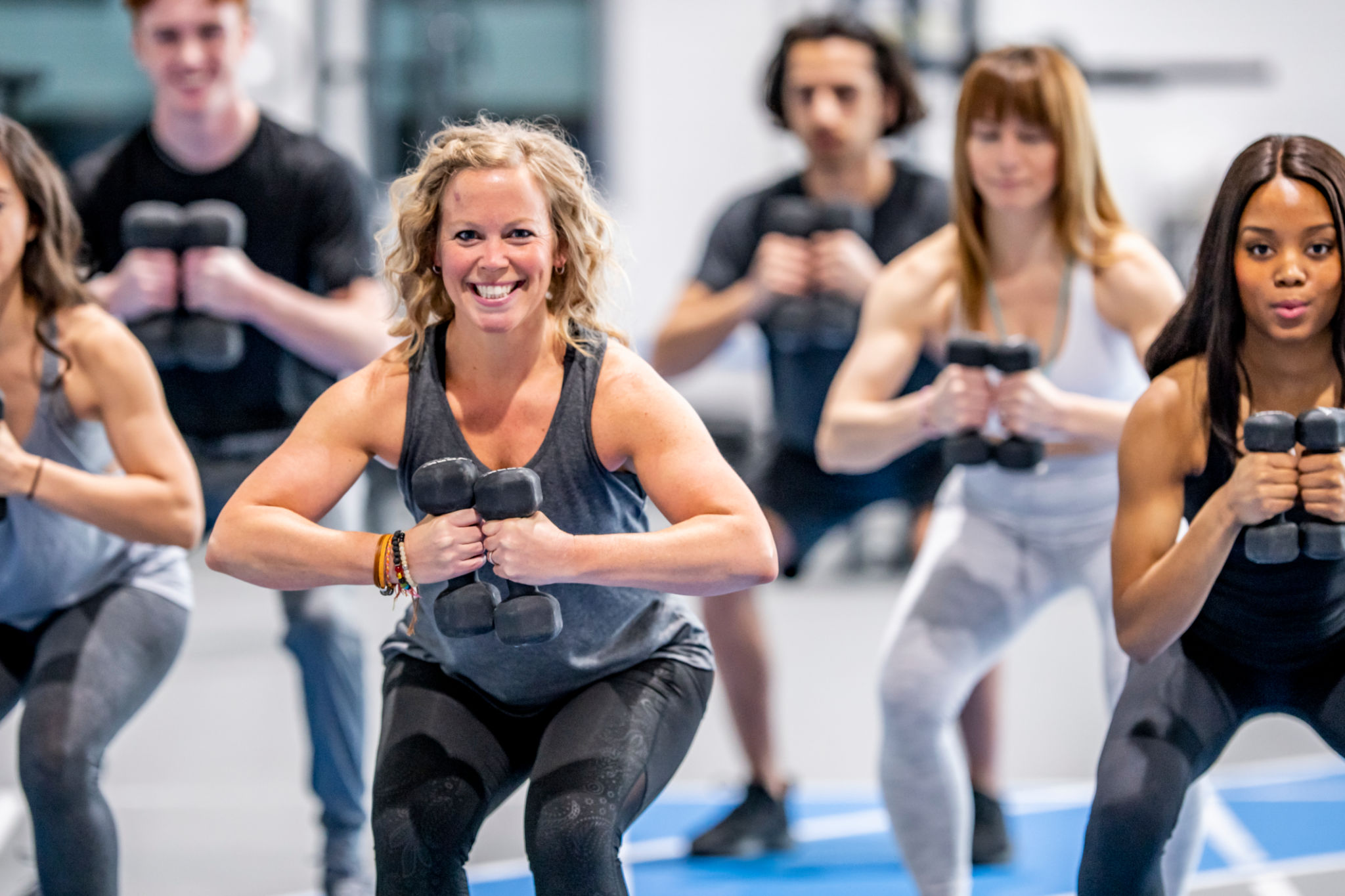Exploring the Latest Fitness Trends: From HIIT to Mindfulness
The Rise of High-Intensity Interval Training (HIIT)
In recent years, High-Intensity Interval Training, or HIIT, has taken the fitness world by storm. This workout method involves short bursts of intense exercise followed by brief recovery periods. The appeal of HIIT lies in its efficiency; it allows you to burn a significant number of calories in a relatively short amount of time. Studies have shown that HIIT can improve cardiovascular health, boost metabolism, and increase endurance.
HIIT workouts can be customized to fit various fitness levels and preferences. Whether you prefer running, cycling, or bodyweight exercises, there's likely a HIIT routine that suits your needs. The adaptability and time-saving nature of HIIT make it a favorite among busy individuals looking to maintain a healthy lifestyle.

Embracing Mindfulness in Fitness
Mindfulness, typically associated with meditation and mental health, is now making waves in the fitness industry. Incorporating mindfulness into physical activities encourages individuals to focus on the present moment and connect with their bodies. This practice can enhance the overall workout experience, leading to better results and a greater sense of well-being.
Mindful fitness activities often include yoga, Pilates, and tai chi, which combine physical movement with breath awareness and mental focus. These exercises not only improve flexibility and strength but also promote mental clarity and reduce stress levels. By embracing mindfulness, fitness enthusiasts can achieve a balanced approach to both physical and mental health.

The Popularity of Group Fitness Classes
Group fitness classes have long been a staple in gyms, but their popularity continues to grow as more people seek community and motivation in their fitness journeys. Classes such as Zumba, spin, and boot camps offer a fun and social environment where participants can push each other to achieve their goals.
The benefits of group fitness classes extend beyond physical health. They provide an opportunity to meet new people, build friendships, and develop a sense of belonging. The accountability factor also serves as a powerful motivator, encouraging participants to stay consistent with their workouts.

Wearable Technology and Fitness Apps
Technology is reshaping the way we approach fitness. Wearable devices like fitness trackers and smartwatches have become essential tools for tracking progress and maintaining motivation. These gadgets provide valuable data on metrics such as heart rate, steps taken, and calories burned.
In addition to wearables, fitness apps offer personalized workout plans, guided sessions, and nutrition advice at users' fingertips. This integration of technology into fitness helps individuals set goals, monitor achievements, and make informed decisions about their health and wellness.

The Shift Toward Functional Fitness
Functional fitness focuses on exercises that mimic everyday activities, improving strength, balance, and coordination. This trend emphasizes the importance of training the body for real-life movements rather than isolated muscle workouts. Functional fitness routines often incorporate equipment like kettlebells, resistance bands, and stability balls.
By enhancing practical movement skills, functional fitness can help prevent injuries and improve quality of life. This approach is particularly beneficial for older adults or those recovering from injuries, as it focuses on building a strong foundation for daily activities.
The Growing Interest in Recovery and Regeneration
As awareness of overtraining and its potential pitfalls grows, more people are prioritizing recovery and regeneration in their fitness routines. Techniques such as foam rolling, stretching, and massage therapy are gaining popularity for their ability to enhance recovery times and prevent injuries.
Incorporating rest days and active recovery sessions into workout schedules can lead to improved performance and reduced risk of burnout. This balanced approach ensures that individuals remain energized and motivated in their pursuit of fitness goals.